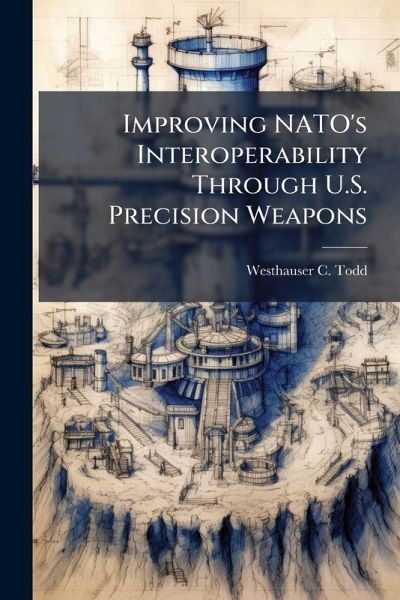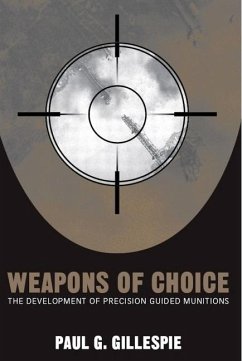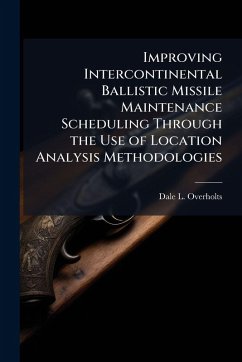
Improving NATO's Interoperability Through U.S. Precision Weapons

PAYBACK Punkte
8 °P sammeln!
The U.S. has combined advances in stealth, information integration, and precision-guided munitions (PGMs) to produce significant lethality in its air forces. These advanced weapon systems are contributing to a widening technology gap between the United States and its allies. This widening gap has raised concern in NATO as it considers expanding its membership. After making some reasonable assumptions on what NATO countries are capable of affording and procuring, it appears that NATO can most readily increase its precision weapons capability to narrow the technology gap. This paper compares and...
The U.S. has combined advances in stealth, information integration, and precision-guided munitions (PGMs) to produce significant lethality in its air forces. These advanced weapon systems are contributing to a widening technology gap between the United States and its allies. This widening gap has raised concern in NATO as it considers expanding its membership. After making some reasonable assumptions on what NATO countries are capable of affording and procuring, it appears that NATO can most readily increase its precision weapons capability to narrow the technology gap. This paper compares and contrasts two U.S. advanced precision weapons capabilities, the Paveway LGBs using "buddy-lasing" tactics and the JDAM, against the criteria of training, cost, interoperability, and force multiplication. With the present NATO force structure, it appears that in the short-term the Paveway LGB "buddy-lasing" tactic offers the best solution; the JDAM is a better investment in the long-term. By procuring these options, America's allies should be able to play a larger role in NATO operations. This work has been selected by scholars as being culturally important, and is part of the knowledge base of civilization as we know it. This work was reproduced from the original artifact, and remains as true to the original work as possible. Therefore, you will see the original copyright references, library stamps (as most of these works have been housed in our most important libraries around the world), and other notations in the work. This work is in the public domain in the United States of America, and possibly other nations. Within the United States, you may freely copy and distribute this work, as no entity (individual or corporate) has a copyright on the body of the work. As a reproduction of a historical artifact, this work may contain missing or blurred pages, poor pictures, errant marks, etc. Scholars believe, and we concur, that this work is important enough to be preserved, reproduced, and made generally available to the public. We appreciate your support of the preservation process, and thank you for being an important part of keeping this knowledge alive and relevant.












